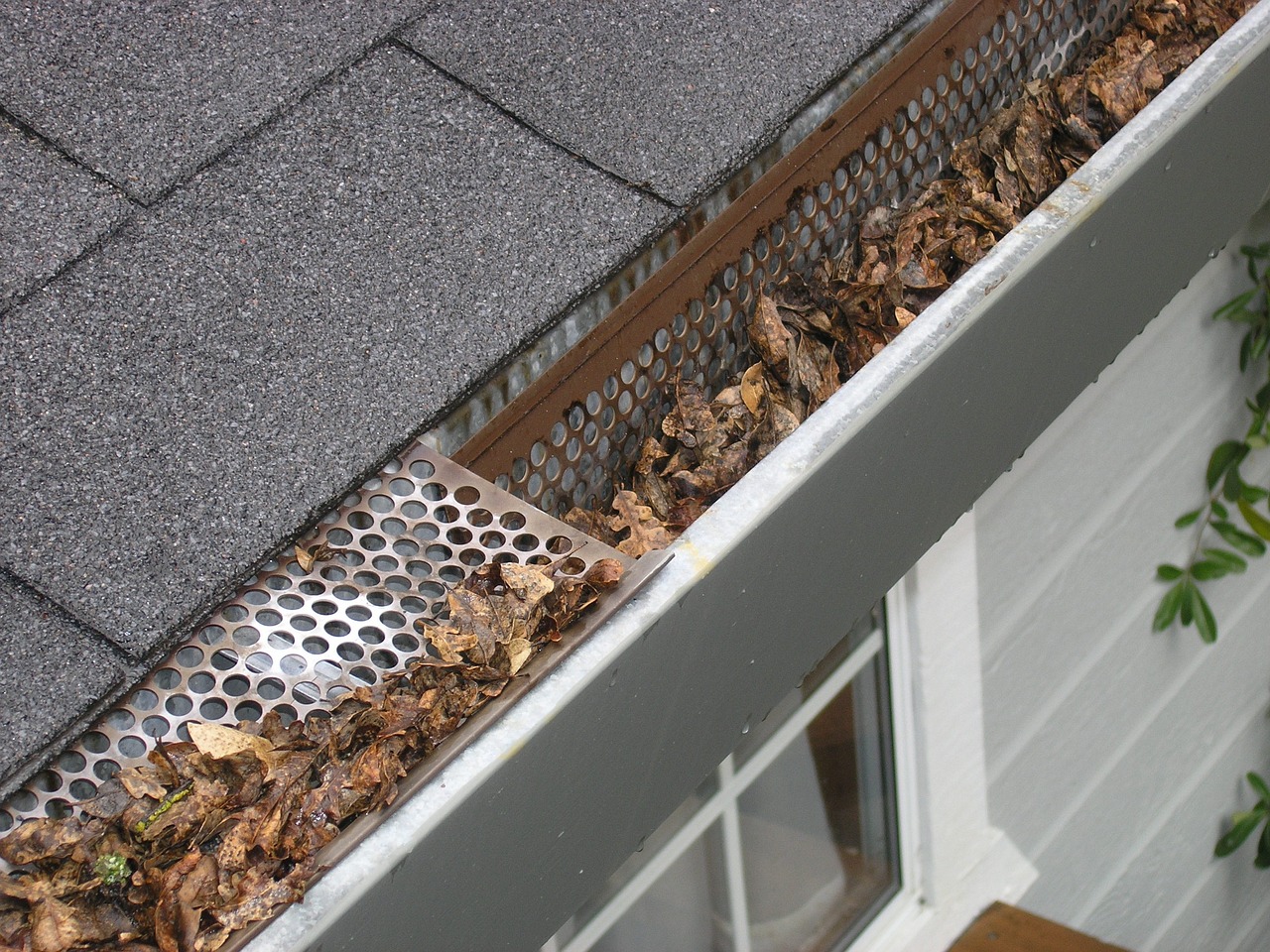Gutter Cleaning Guide: Protect Your House and Home
Regular gutter cleaning is one of the simplest ways to prevent water damage and extend the life of a property. Clogged gutters can cause roof leaks, foundation problems, pest infestations, and landscape erosion. This guide explains why gutter care matters for your house, what to look for around your home, how often to clean, safe cleaning steps, and how maintenance fits into a long-term plan.
How does gutter care protect your house?
Gutters channel rainwater away from your house, protecting siding, windows, and the foundation. When debris like leaves, twigs, and sediment block gutters, water overflows at the eaves, which can rot fascia boards and leak into attics. Ice damming in colder climates is another risk when gutters don’t drain properly. Routine clearing preserves structural components, reduces the chance of mildew or mold inside walls, and helps maintain property value over time.
What should you check around your home?
Inspecting the roofline, downspouts, and the area where water discharges is key to effective home gutter care. Look for sagging gutter sections, separated joints, rusty seams, and downspouts that dump water too close to the foundation. Check the ground around the house for pooling or erosion after rain. Also examine roof valleys and siding for signs of water staining. These checks let you spot small problems early before they escalate into more costly repairs.
When should gutters be cleared?
Most homes benefit from gutter cleaning at least twice a year—typically in late spring and again in autumn—because these periods follow heavy leaf drop and increased storm activity. Homes under or near trees may require quarterly cleaning. After severe storms, do a quick visual check for blockages. Local climate matters: warm, wet regions can accumulate sediment and organic growth year-round, while cold climates need attention before freeze-thaw cycles to reduce ice dam risk.
What is the right cleaning process?
Start by using a sturdy ladder positioned on level ground, and always follow ladder safety best practices. Remove large debris by hand or with a gutter scoop, then flush the system with a hose to clear smaller particles and verify flow. Check downspouts by running water and using a plumber’s snake if they’re clogged. For high or complex roofs, consider hiring professionals who have harnesses, extension ladders, or lift equipment. Avoid pressure washers directly on shingles or gutters, as they may cause damage.
How often is maintenance needed?
Maintenance frequency depends on tree cover, local weather, roof type, and gutter protection systems. Leaf guards and gutter screens can reduce debris accumulation but don’t eliminate the need for inspection and cleaning—small debris and sediment still settle. Seasonal maintenance should include checking fasteners, sealing leaks, and ensuring downspout extenders direct water at least several feet from the foundation. Keeping records of each inspection can help identify trends and inform future scheduling.
Regular upkeep also includes checking for wear and tear: replace split or corroded gutter sections, tighten brackets that have loosened, and reseal joints showing repeated leakage. Proactive maintenance typically saves money compared with repairing water-damaged fascia, interior walls, or foundation issues.
Routine attention to safety is essential; use gloves and eye protection, avoid overreaching on ladders, and consider a partner to steady the base. If you’re uncomfortable with heights or the roof is steep, seek reputable local services that specialize in gutter cleaning and maintenance to reduce risk.
Conclusion
Gutter cleaning is a practical, preventive step that protects your house and preserves the health of your home’s exterior systems. Regular inspection, timely cleaning, and basic maintenance reduce the risk of water intrusion, structural damage, and costly repairs. Incorporate gutter checks into seasonal home routines and prioritize safety—whether you handle cleaning yourself or use local services to keep your gutters functioning year-round.







